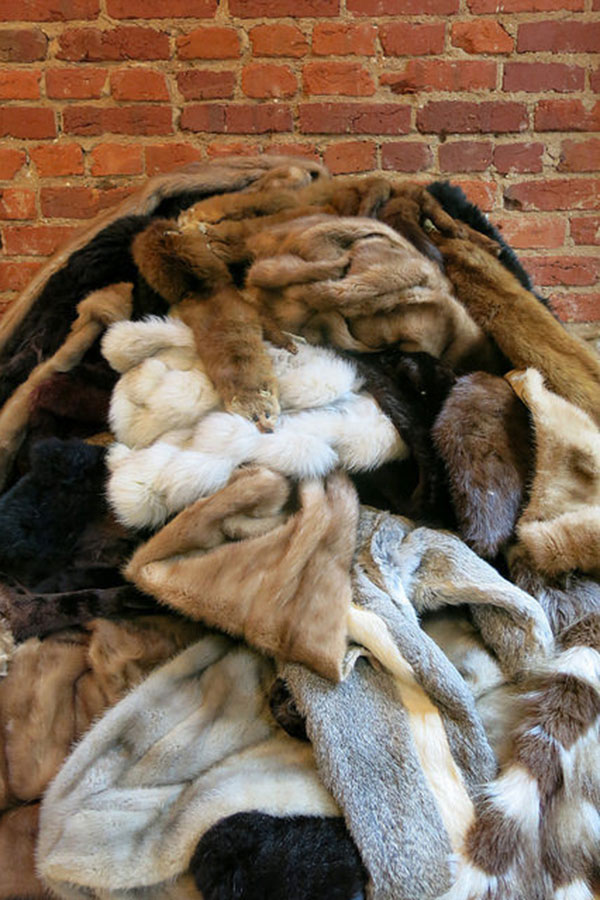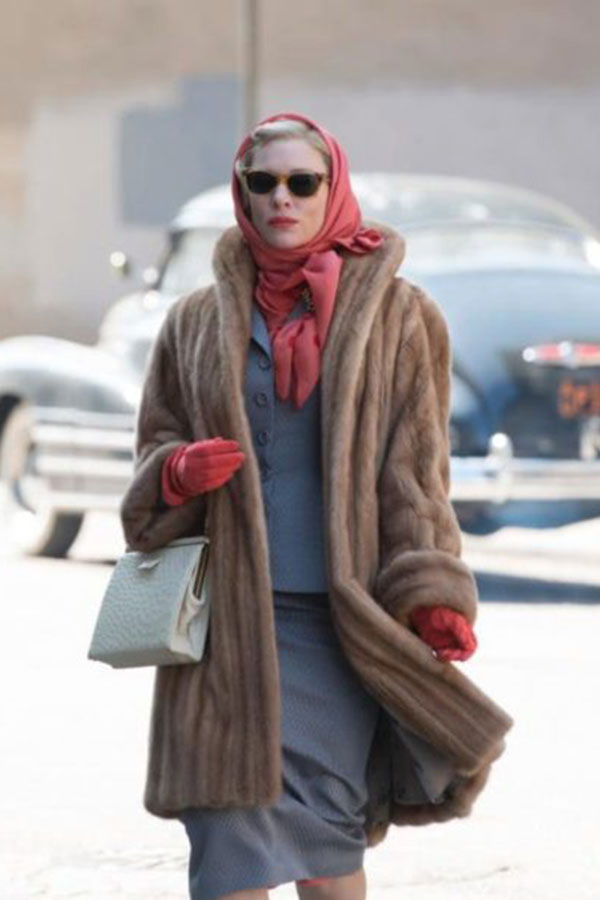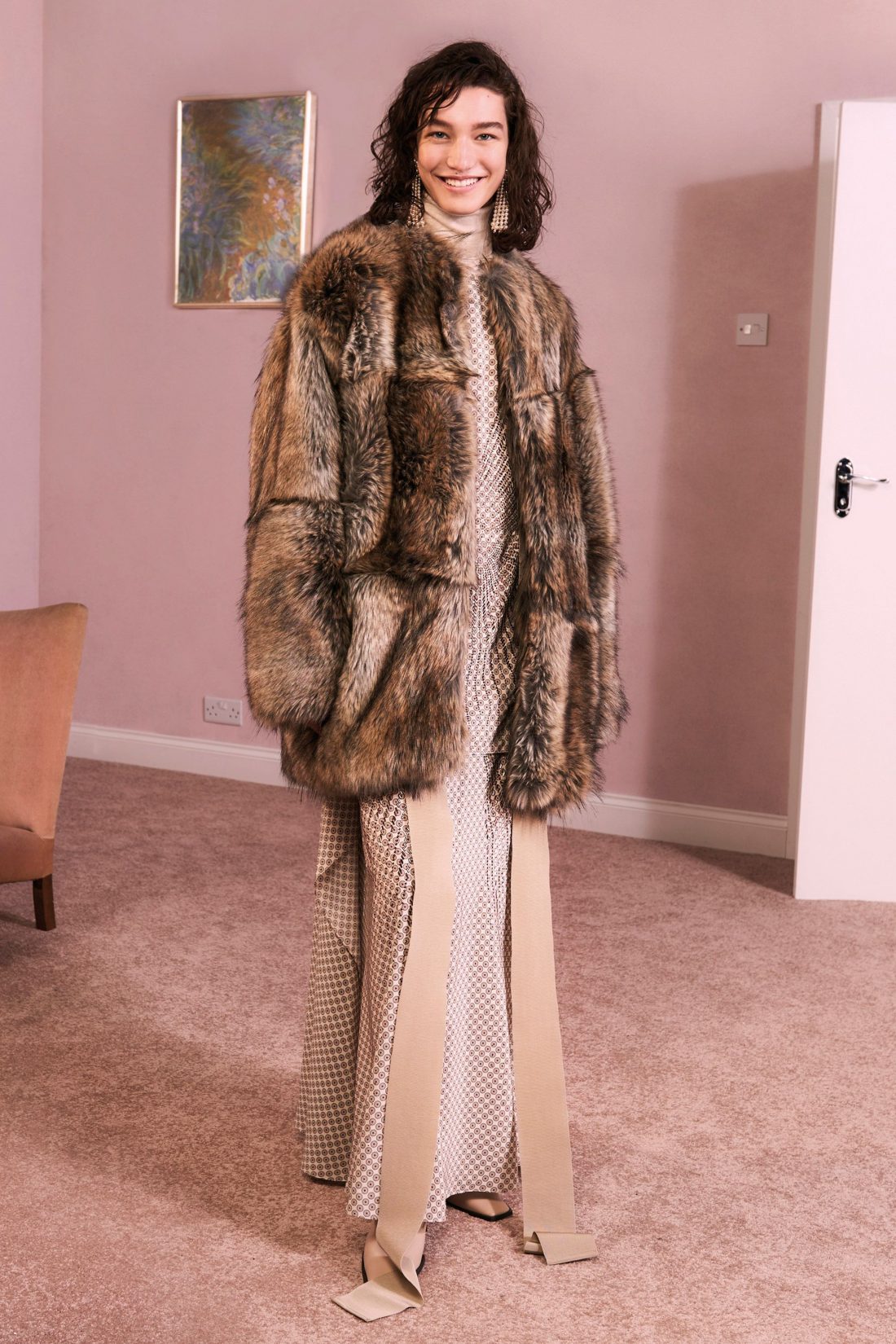We take a closer look at the case for and against vintage fur for so you can discern what to do with your mother’s old fur coat.

As more fashion brands follow in the footsteps of Chanel, Versace and Gucci to ban fur products, the fur industry may soon be won over by ethical concerns and sustainability efforts. The next anticipated question then, is what do we do with existing fur products?
Is it still unethical to wear them if they are purchased from vintage shops (as opposed to supporting the current cycle of fur production) or inherited as hand-me-downs?
There are two main camps with regards to this dilemma. The first being completely against fur clothing, no matter the timeline on its production; and the second being guilt-free for vintage fur, especially from brands that have ceased using fur in its products.
Both camps have compelling reasons for what they stand for, and there’s more grey areas in this debate than where fur production is concerned. We take a closer look at both sides of the coin so you can better discern what to do with your mother’s old fur coat.
Camp 1: Recycle and repurpose only

The primary contention against the use of vintage fur is that the general public may not be able to distinguish it from new fur products. Hence, while you may go off conscience-free wearing your hand-me-down fur jacket, it may subconsciously lead to a demand in the market for more fur products, hence perpetuating the fur industry.
Radical activists stick to the principle of not wearing real fur at all because of its impact to animals and the environment – whether past, present or future.
“Any real fur, from your grandma’s vintage coat to the latest Fendi runway, comes from an animal who wanted to live… It doesn’t matter whether the animal died yesterday or 30 years ago,” argues Sascha Camili, editor-in-chief of vegan fashion magazine, Vilda Magazine.

Instead of wearing vintage fur, she opts to recycle and repurpose them. There are several organisations that collect old fur products, either for anti-fur education purposes or to rehabilitate orphaned and injured animals.
One such organisation, Born Free USA advocates for the latter to, in some small way, give back to the original owners – animals. “We can’t undo the damage done to the many animals who suffered for those garments, but at least we can achieve some good in the end,” says Adam M. Roberts, CEO of Born Free USA.
Camp 2: Vintage fur for the win

Though varied in the basis of their reasoning, most of the arguments for vintage fur is centred around preventing waste. Vegans in this camp contend that to toss out vintage fur coats, especially inherited ones, would dishonour the life of the animal that died for it.
“Whether the animal was killed one month ago or one decade ago, it’s still dead. At this point, the product should be used for all it’s worth and there’s no reason to waste it. Using the product for a long and useful lifespan is almost a way of paying respect to the animal(s) since the deed has been done,” one netizen by the name Marisa shares.
“I opt for vintage most of the time, so none of my furs are contemporary garments – hand-me-downs from my great-grandmother or vintage fair finds. But my fox fur trims and mink shawls are an ethical double-edged sword; wearing old furs promotes recycling and reduces waste in the grand scheme of things, but it also perpetuates the idea of fur as fashion,” tells Vogue Features Editor Lilah Ramzi. “I like to focus on the former.”

Others suggest that vintage fur is less harmful to the environment than the substitute of faux fur, which pollutes water channels with its polyfibres and petrochemicals. Though this subject is whole other debate in itself, the general idea is this: it’s better to reuse a cross-generational item than add to the industry’s increasing waste with new alternatives.
“The fashion industry should definitely find ways to cut down on resource use, especially in areas that are easier to fix, but we as consumers should shop with an eye to reducing our own carbon footprint by enjoying our favourite items longer and recycling as best as we can,” says Sophia Kalantzakos, a professor of environmental studies at New York University.
The rest either wear vintage fur for practicality – to keep warm in winter, or for its sentimental value – safekeeping your grandmother’s favourite coat. However ‘selfish’ these reasons may sound in the bigger scheme of things (compared to other reasons stated above), it is unfair to undermine its significance to the individual.
At the end of the day, if ethics and sustainability are the real concerns behind this debate, each camp has its pros and cons. To completely denounce the other in favour of one would be borderline hypocritical. Perhaps, in this case, it is best to leave it at ‘agree to disagree’ so long as it is done in good conscience.










